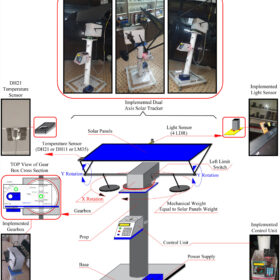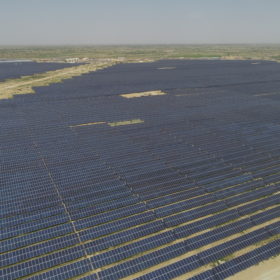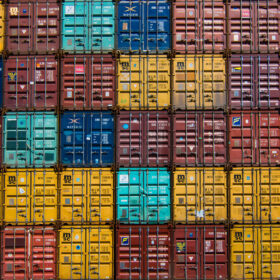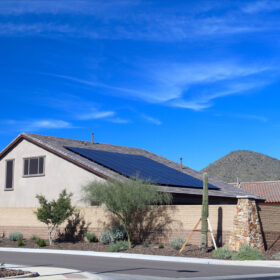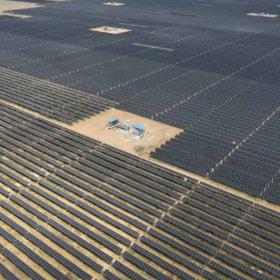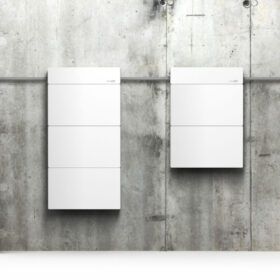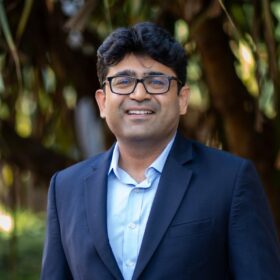Enhancing dual-axis solar tracker performance with new optimization techniques
Researchers in India have developed two solar tracker optimization techniques can purportedly increase power generation by up to 54.36% when combined. One uses a light sensor and the other relies on data from GPS and a real-time clock.
ACME Solar’s 250 MW renewable energy project secures “ICRA AA-/Stable” rating upgrade
The rating applies to ACME Aklera Power Technology’s 250 MW renewable energy capacity in Rajasthan for its INR 1,072 crore term loan facility from Bank of America, Standard Chartered Bank and India Infradebt Limited.
A tightened U.S. solar trade environment
Tariffs, foreign content restrictions, and antidumping and countervailing duty investigations have reshaped the landscape for imports of solar components and manufactured products.
How rooftop solar can complicate residential real estate transactions
Many homeowners assume leased or loaned solar systems will boost their home’s value, but outstanding loans often drag down equity instead.
India expected to add over 45 GW of solar capacity in FY 2026: SBICAPS
India installed 18 GW of solar power capacity in the first five months of FY 2026 and is on track to add over 45 GW during the fiscal year, according to a new report by SBICAPS.
Carbon as collateral: The next big idea in consumer lending for green assets
Carbon as collateral represents a practical financial innovation that can influence the pace of sustainable adoption in India. It assigns clear monetary value to environmental benefit and integrates this into consumer lending models. With appropriate regulatory backing and reliable accounting systems, the idea holds potential to expand credit availability, reduce cost barriers and support national climate commitments while creating long term economic opportunities.
ACME Solar secures INR 1,100 crore from SBI to refinance 300 MW project in Rajasthan
ACME Solar Holdings Ltd has secured domestic funding of INR 1,100 crore from the State Bank of India (SBI) to refinance its 300 MW renewable energy project in Rajasthan.
Brookfield, Solarvest partner on 1.5 GW of solar-plus-storage in Malaysia
The two parties have signed a joint investment framework agreement to develop, construct and operate 1.5 GW worth of solar-plus-storage projects in Malaysia over the next three to five years.
Why smart metering is the unsung hero of India’s solar push
At their core, smart meters are data engines. They provide utilities with visibility into how, when and where electricity is consumed. That granular knowledge allows grid operators to forecast demand more accurately, balance loads and absorb greater volumes of variable solar generation. Without it, the grid risks becoming brittle, prone to blackouts when clouds pass over solar farms or demand surges unexpectedly.
SolarEdge unveils all-in-one residential inverter and clickable modular battery system
The stackable battery ranges 4.9 kWh to 19.6 kWh per unit while the inverter is available in ranges from 3.8 kW to 13 kW. The company also introduced a meter socket adapter to avoid triggering costly main panel upgrades.
